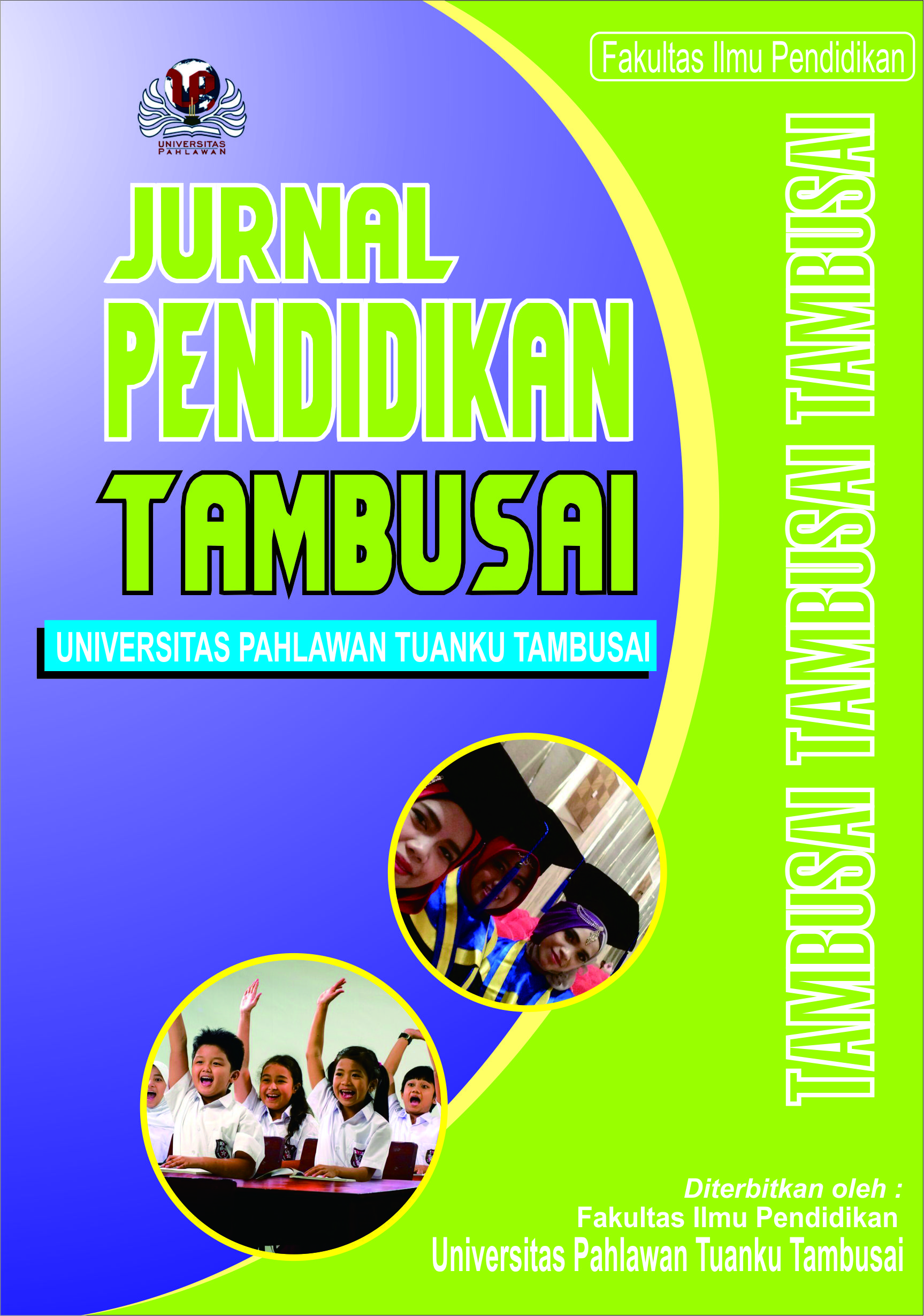Pengembangan Media Pembelajaran Berbasis Augmented Reality pada Mata Pelajaran Perencanaan dan Instalasi Sistem Audio Video
DOI:
https://doi.org/10.31004/jptam.v8i1.13976Keywords:
Media Pembelajaran, Augmented Reality dan 4-DAbstract
References
Ernawati, Iis dan Totok Sukardiyono. 2017. Uji Kelayakan Media Pembelajaran Interaktif Pada Mata Pelajaran Administrasi Server. Jurnal UN, 2(2), 205- 210
Gunawan, G., & Ritonga, A. A. (2020). Media Pembelajaran Berbasis Industri 4.0. Fakultas Ilmu Tarbiyah dan Keguruan Universitas Islam Negeri Sumatera Utara: Sumatera Utara.
Mahnun, N. (2012). Media Pembelajaran (Kajian Terhadap Langkah-Langkah Pemilihan Media Dan Implementasinya Dalam Pembelajaran). Jurnal Pemikiran Islam, 37(1).
Mustaqim, I. (2017). Pengembangan Media Pembelajaran Berbasis Augmented Reality . Jurnal Edukasi Elektro, 1(1).
Nurrita, T. (2018). Pengembangan Media Pembelajaran Untuk Meningkatkan Hasil Belajar Siswa. Jurnal Misykat, 3(1), 171–187.
Rohani, R. (2019). Media Pembelajaran. Fakultas Ilmu Tarbiyah Dan Keguruan Universitas Islam Negeri Sumatera Utara: Sumatera Utara
Sugiyono. (2017). Metode Penelitian Menurut Sugiyono 2017. Statistical Field Theor.
Supriono, N., & Rozi, F. (2018). Pengembangan Media Pembelajaran Bentuk Molekul Kimia Menggunakan Augmented Reality Berbasis Android. Jipi (Jurnal Ilmiah Penelitian Dan Pembelajaran Informatika), 3(1).
Susanto, E. S., Hamdani, F., Nuryansah, F., & Oper, N. (2022). Pengembangan Aplikasi Smart-Book Sebagai Media Pembelajaran Bahasa Inggris Anak Berbasis Ar (Augmented Reality ). Mnemonic: Jurnal Teknik Informatika, 5(1), 64–71.
Widyasari, N., & Ismawati, I. (2020). Perbandingan Kemampuan Representasi Matematis Siswa Sekolah Dasar Pada Penggunaan Media Pembelajaran Augmented Reality Dan Pasir Kinetik. Edumatika: Jurnal Riset Pendidikan Matematika, 3(1), 63. Https://Doi.Org/10.32939/Ejrpm.V3i1.442
Downloads
Published
How to Cite
Issue
Section
Citation Check
License
Copyright (c) 2024 Rivaldo Akbar

This work is licensed under a Creative Commons Attribution-ShareAlike 4.0 International License.
Authors who publish with this journal agree to the following terms:
- Authors retain copyright and grant the journal right of first publication with the work simultaneously licensed under a Creative Commons Attribution License that allows others to share the work with an acknowledgement of the work’s authorship and initial publication in this journal.
- Authors are able to enter into separate, additional contractual arrangements for the non-exclusive distribution of the journal’s published version of the work (e.g., post it to an institutional repository or publish it in a book), with an acknowledgement of its initial publication in this journal.
- Authors are permitted and encouraged to post their work online (e.g., in institutional repositories or on their website) prior to and during the submission process, as it can lead to productive exchanges, as well as earlier and greater citation of published work (See The Effect of Open Access).



